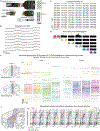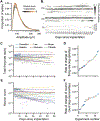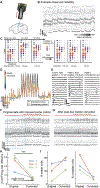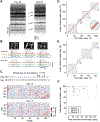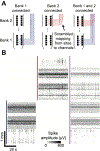Neuropixels 2.0: A miniaturized high-density probe for stable, long-term brain recordings
- PMID: 33859006
- PMCID: PMC8244810
- DOI: 10.1126/science.abf4588
Neuropixels 2.0: A miniaturized high-density probe for stable, long-term brain recordings
Abstract
Measuring the dynamics of neural processing across time scales requires following the spiking of thousands of individual neurons over milliseconds and months. To address this need, we introduce the Neuropixels 2.0 probe together with newly designed analysis algorithms. The probe has more than 5000 sites and is miniaturized to facilitate chronic implants in small mammals and recording during unrestrained behavior. High-quality recordings over long time scales were reliably obtained in mice and rats in six laboratories. Improved site density and arrangement combined with newly created data processing methods enable automatic post hoc correction for brain movements, allowing recording from the same neurons for more than 2 months. These probes and algorithms enable stable recordings from thousands of sites during free behavior, even in small animals such as mice.
Copyright © 2021 The Authors, some rights reserved; exclusive licensee American Association for the Advancement of Science. No claim to original U.S. Government Works.
Conflict of interest statement
Figures
